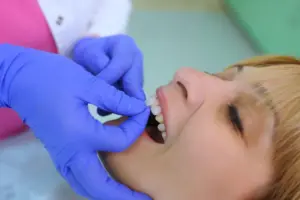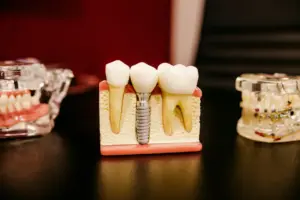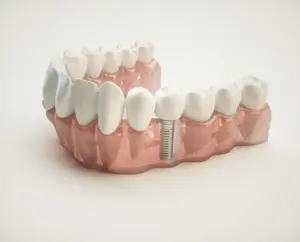The Difference of Plaque and Calculus
Table of Contents
ToggleWhen we wake up, something feels sticky on the surface of the teeth. Last night, we had a lot of fun at the party. The strawberry shortcakes were out of this world. The sangria was also delicious. Oops! Last night we forgot to brush our teeth! What is the transparent, sticky film that I have on my teeth? Dental plaque is the biofilm.
What is Plaque?
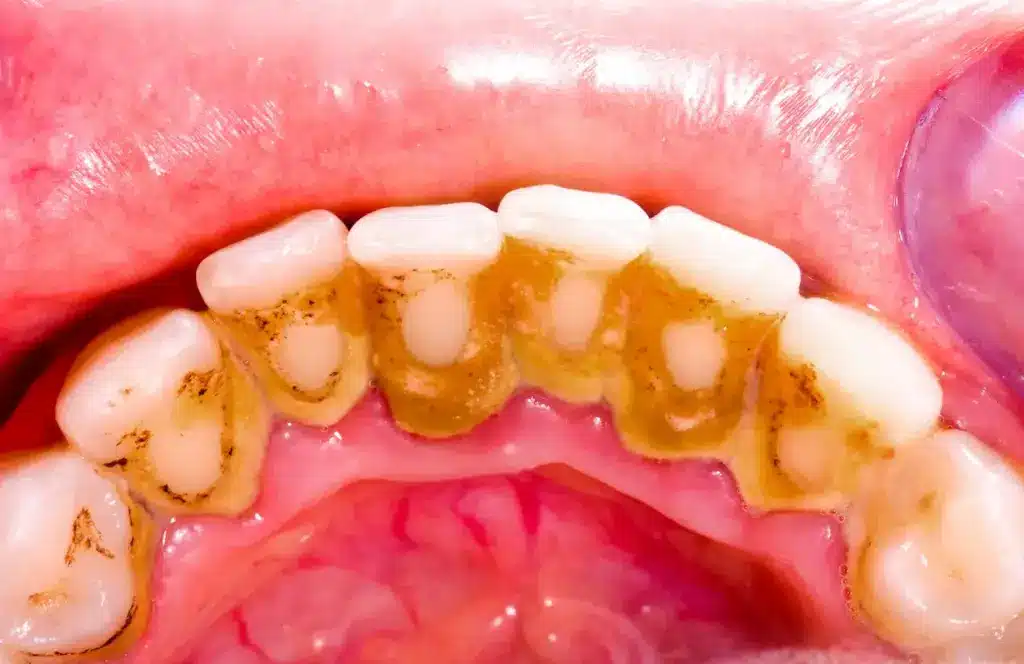
Plaque is an opaque, sticky film that forms over your teeth. Plaque is made up of sucrose, which is a sugar that has been broken down. It also contains gram-negative anaerobic bacteria. Plaque usually forms around your gum line and in between teeth. Untreated plaque can turn into dental calculus (also known as dental tartar).
Here’s a breakdown of the four steps that plaque can take and what it could lead to.
- Attachment Plaque forms and adheres to your teeth within hours after you last brushed.
- Growth Unwanted bacteria begin to grow in the plaque
- Maturation: Microbes continue to multiply and mature. They produce acidic waste products as they consume the sugars found in your food.
- Erosion: The acid produced by bacteria in plaque starts damaging and erosion of your tooth enamel.
What causes plaque?
You need to understand the main causes of plaque now that you are more familiar with calculus. You can then take steps to reduce your plaque risk.
Your mouth is an ecosystem that contains bacteria and microorganisms. This ecosystem is balanced in an ideal world but can be affected by what you eat, drink and breathe. Problems can arise when certain bacteria multiply above normal levels.
You may want to avoid certain foods that feed the bacteria. These foods can increase your risk of plaque development:
- Sweet foods such as cakes and candy
- Sugary drinks such as soda, sweetened coffee, and tea
- Bread and pasta are carbohydrate-rich foods.
- Starchy foods like potato chips
Plaque will form when these foods combine with harmful bacteria. Acid is produced by the bacteria, which leads to tooth decay and other problems. Plaque can cause damage to your teeth even in places that you may not notice like your gums.
What is Calculus?
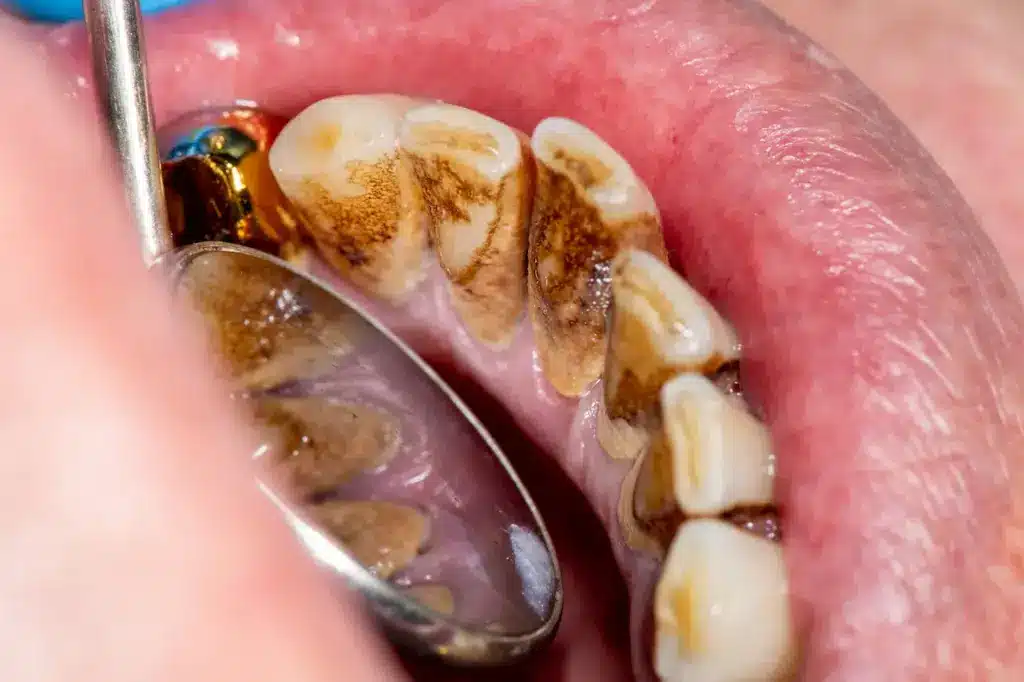
Both tartar and calculus are the same thing – calcified dental plaque. The hard calculus is formed when plaque on the teeth for too long picks up minerals salts from the saliva, especially Calcium Phosphate. It is difficult to remove the calcified plaque and usually requires a dentist to perform a deep cleaning.
Calculus is more harmful than plaque and can lead to severe periodontal disease and decay. Calculus’ rough, hard surface attracts bacteria, food debris and sugar. The more calculus that you have, then, the greater the chance of you accumulating more. More calculus also means that bacteria have more chances to emit an offensive odour. This can lead to bad breath, among other things.
Pockets are created when the acids produced by bacteria and sugar in the calculus hardening destroy the epithelial attachment of the gum tissue to the periodontium. Pockets trap food debris, and bacteria and eat away at the supporting bone. Infection can occur. This can lead to tooth loss.
Plaque is bad but calculus is even worse.
How to Remove Calculus
Calculus can be difficult to remove by yourself. Baking soda and hydrogen peroxide to scrub your teeth are not very effective. Regular brushing and flossing won’t remove calculus once it has developed.
A deep cleaning by a dentist or hygienist, including scaling and curettage beneath the gums is the best way to get rid of calculus. This disease can only be removed by deep cleaning.
The Differences
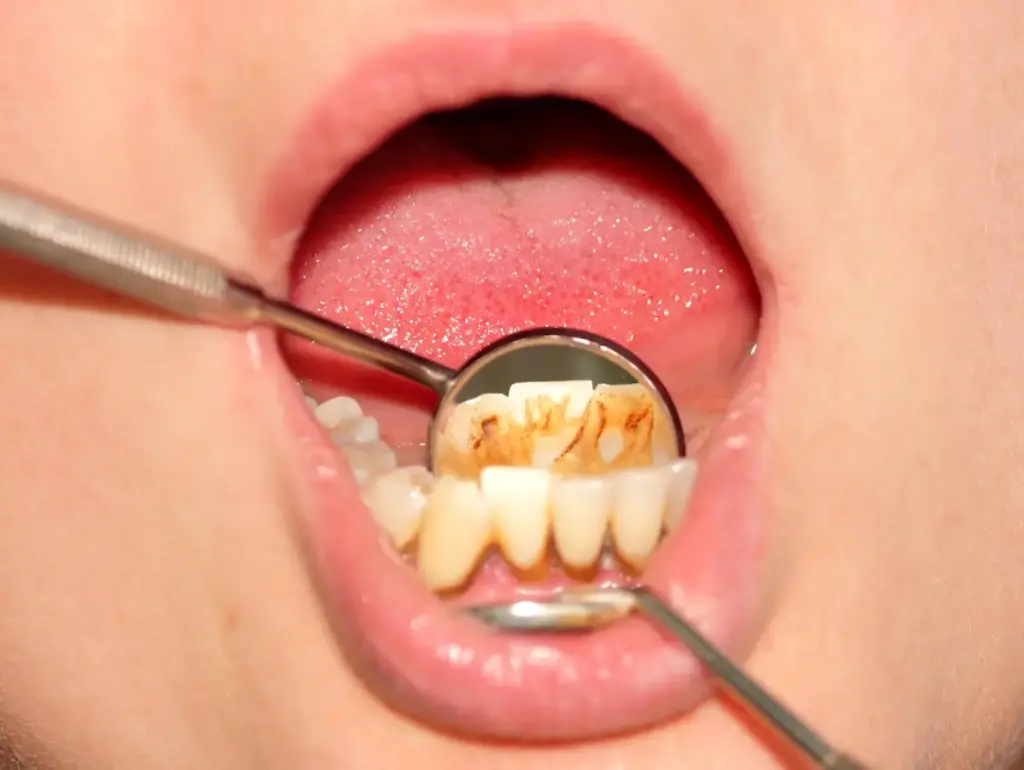
There are some important things to keep in mind when comparing plaque, calculus and tartar.
- The first step is to get a plaque.
- If plaque is not treated, it can turn into calculus and tartar.
- A sticky white film.
- By practising good oral hygiene, you can prevent and remove plaque.
- Calculus is a solid, yellowish-brown plaque.
- Professional cleaning is the only way to remove calculus.
Complications that may arise
Avoid plaque buildup or calculus at all costs. They include:
- Bad Breath: Having good breath can boost confidence. However, bacteria found in plaque and calculus may cause unpleasant breath.
- Cavities Acids produced by plaque or calculus can cause cavities.
- Gingivitis As plaque and calculus accumulate around and below your gum line, the gums may become inflamed or even begin to bleed. These signs are indicative of a more severe dental condition known as gingivitis.
- Periodontal Disease: Gingivitis may eventually cause periodontal diseases. This condition can cause tooth loss by inflaming the gums and supporting bones.


